Basic tools you need to get started with a quilting hobby
As a beginner quilter, you may need a few sewing supplies that you may not have if you’ve only made home decor, bags or clothing in the past. If you are new to sewing altogether, then you definitely have some shopping to do.
As any experienced quilter will tell you, that’s half the fun! Get the essential tools into your tool kit and start your quilting journey right. At the end of the post, you’ll find a shopping list of all the tools mentioned in the video.
Cutting Tools
Quilting involves lots of cutting. A quilt’s distinctive look comes from the way all the different patches and pieces come together, so the first step in any quilt pattern is to cut your fabric into all those little pieces. For that, you need quality tools. Here’s a tutorial where you can see how these tools are used.
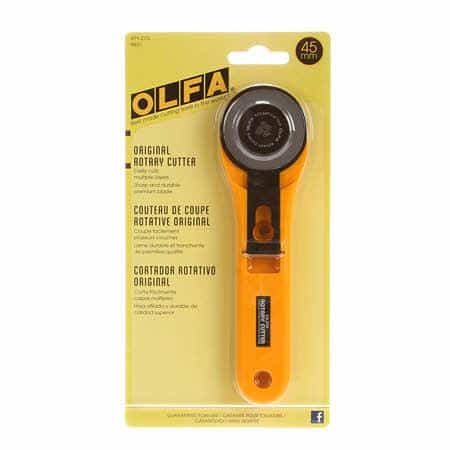
Rotary Cutter 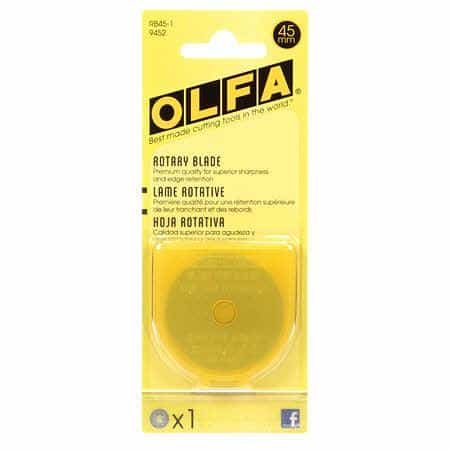
Replacement Blades 
Cutting Mats
Cutting Mat
The first item is a cutting board that you’ll use with a ruler and a rotary cutter.
The board itself is a self healing mat, so when you cut on it, it heals itself up. They generally have some inch markings on them to help with lining up your fabrics.
You should get the biggest cutting board that will fit on your cutting surface. So if you have a nice big table, you want to get a bigger cutting board. Ideally, you want to have at least something big enough to open up your fabric and cut without having to fold it into a whole bunch of smaller sections.
You really don’t want to get anything smaller than an 18 X 24″. If you have the space, get the largest, a 24″ x 36″ mat. You won’t regret it.
Rotary Cutter
A rotary cutter is what quilters use to cut fabric. This tool is much better than scissors because it has a round blade that cuts through the fabric in one continuous line. It’s like a round razor blade, which is extremely sharp to cut cleanly through the fabric. A blade should be replaced as it loses its sharpness, and you can purchase blade replacements in packs. There are also home machines for sharpening your rotary blades if you don’t wish to purchase new blades.
The 45-millimeter rotary cutter is the most common size. There are bigger sizes and smaller ones. But as a beginner, the 45mm is the size that you want.
Always be sure to take safety precautions when using the Rotary cutter.
Rotary cutting rulers
There are specific rulers which are designed for use with the cutting mat and rotary cutters. A quilting ruler is a transparent acrylic ruler with inch, half-inch, quarter-inch and eighth-inch markings so when you lay it on your fabric you can easily see where to mark or cut fabric pieces to the correct size.
First type of quilting ruler to get
They come in various sizes but if you can only buy one to start, I recommend a 6 x 24″ or 6.5 x 24″ inch. In all my years of quilting, I still use this ruler on virtually every single quilt I make.

6.5×24″ Quilting Ruler 
6×24 Quilting Ruler 
Left-handed Quilting Ruler
Second quilting ruler to get
The next type of ruler you’ll want to get is a square. A 6.5″ square ruler is an excellent size because you’ll be cutting smaller squares and triangles for your quilts and the larger ruler is harder to handle for those small pieces.
.

Square Quilting Ruler 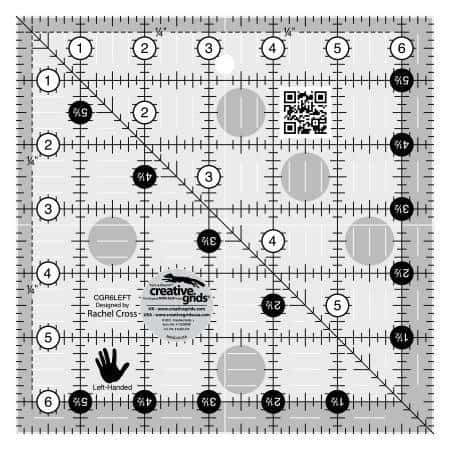
Left-handed Square Quilting Ruler
The quilting rulers shown in the video are Olfa and the Omni Grids products, which are available at ABQ Sewing Studio or at our online store. We also have both rulers for left-handed quilters. These are new, and simplify quilting for lefties. Creative Grids make these specialty rulers.
There are other brands out there and some of them might be cheaper, but you really get what you pay for. I have an Omni Grid Rotary cutting mat that I have used for over 20 years.
My cutter is also one I’ve used for 20 years. I just replace the blade when I need to or sharpen them. Good quality tools will last you for your whole entire quilting lifetime.
Other Quilting Accessories
We all need pins, and you should use the right one for the job at hand.
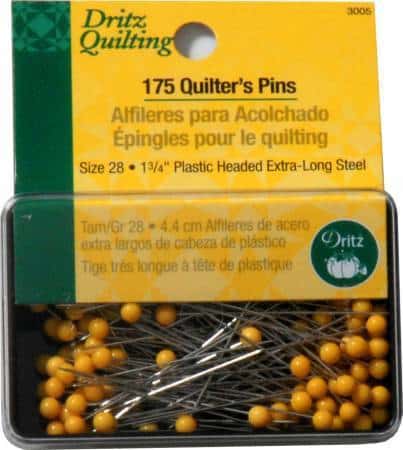
Quilter’s Pins 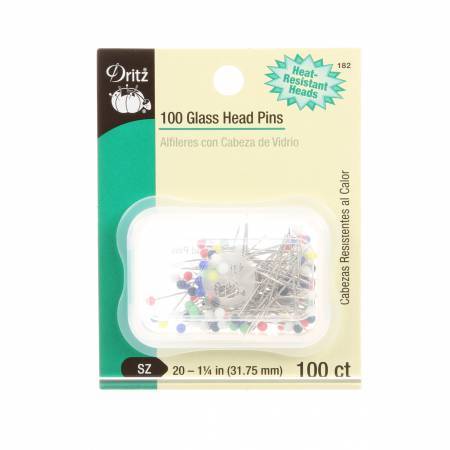
Glass Head Pins
Heavy-duty pins
This long, heavy plastic-headed quilter’s pin is the kind of pin you use if you’re pinning a denim quilt together, making bags or if you’re pinning on your bindings. You want to use a pin like this any time you’re going through a lot of layers.
We recommend Dritz Quilter’s Pins. It’s a nice long pin with a lot of strength. It’s got a nice big head, so it’s easy to pull in and out.
Pins for smaller items
If you’re working on something lighter weight, such as applique, or pinning some of your pieces together to match points, Dritz Glasshead Pins are an alternative. This pin is smaller and it’s got a glass head so you can actually do a little bit of pressing on top of it without the pin head melting.
Scissors: Two essential kinds

Snips 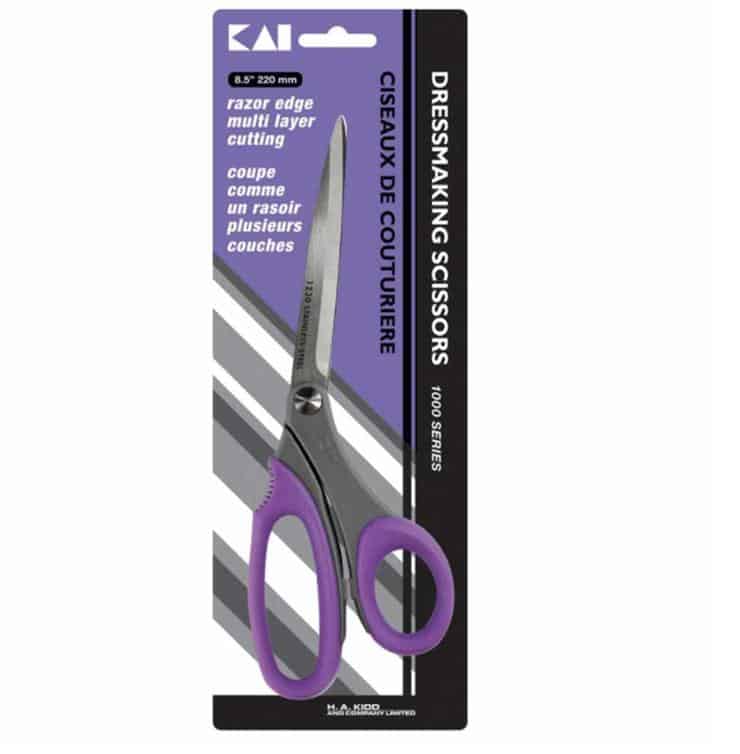
8.5″ Scissors 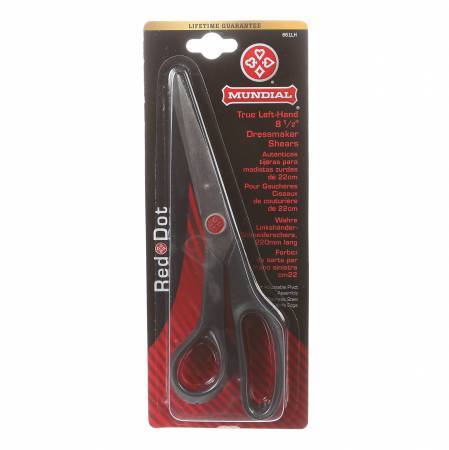
Left-handed scissors
Big fabric scissors
It’s a great idea to have a nice big pair of high-quality scissors that can be used to cut various fabrics. You’ll mostly be using your rotary cutters but there will be times, especially if you also make bags, when you’ll need a good pair of longer scissors. Again, it’s important to buy the best quality you can afford.
Snip scissors
These are great for snipping threads or snipping little pieces apart. Usually, when sewing pieces together, you do one after the other without breaking the thread. This is called chain piecing. When you are done, you’ll need to snip the sections apart. If you’ve ever tried to cut threads over and over again with a large pair of scissors you’ll understand how a smaller pair of scissors is essential.
Thread

Selection of Mettler thread
Piecing
You absolutely want a good-quality 100% cotton thread for piecing (sewing your quilt pieces together). Most quilters use cotton fabric, so the thread should match.
Most of the time, you use neutral colors when you’re putting your pieces together. You don’t necessarily have to match your color of fabric, but you want something neutral, so grey, white, black or beige.
Quilting
In the video (around 5:27) I show a variegated thread, the colour of which is very blendable. This is a great thread that I like to use when I’m doing the actual quilting, which in the quilting process is the stitching that happens after you’ve sewn together your quilt top and sandwiched your quilt together (quilt top, batting, and backing fabric).
You really want top-quality thread for this, and not a bargain thread. Don’t try to put your quilt together and sew through quilt layers with a bargain thread because it’s just not going to stand up. Stick with 100% cotton. I like 50 weight Mettler threads.
You also want to make sure that you use newer threads, and not the old wooden or styrofoam spools you inherited from your grandma. Thread does have a shelf life, and it’s probably way too breakable at this point. Stick with 100% cotton. Old fuzzy thread that breaks and snags will ruin your sewing machine.
Seam Ripper
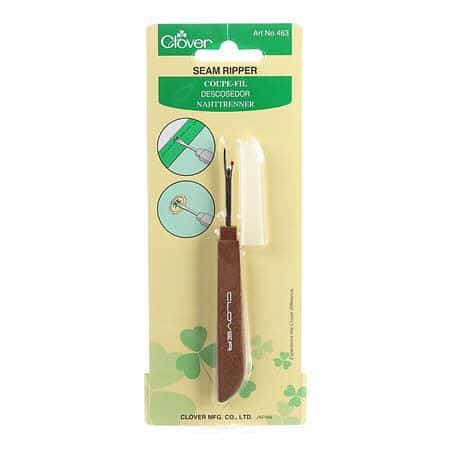
Clover Seam Ripper
Every once in a while you’re going to make a mistake and you’re going to need a seam ripper.
There are different sizes of seam rippers. Some of them have a really thick cutting blade and you probably want to stay away from those because you will be ripping small stitches.
Find one with a nice handle that you can grab onto. The older I get and the stiffer my hands get, the more I like a nice big handle on my seam ripper. As with all the other quilting tools, a good quality one will last you for a long time.
Marking Tools
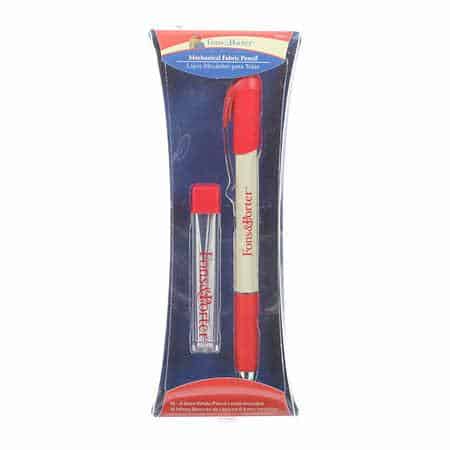
Mechanical Fabric Pencil 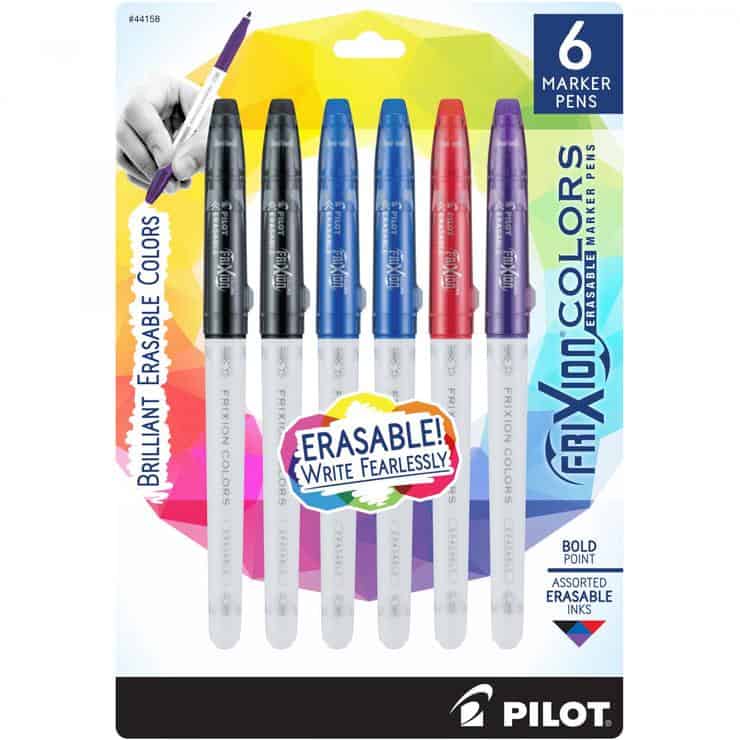
Markers
You are going to be marking lines on your quilts and your pieces. Sometimes you’re making triangles. Sometimes you’re marking stitching lines and you want to make sure that you have a marker that is suitable for your fabric.
For lighter-colored fabrics
For marking on lighter-colored fabrics, we recommend Frixion markers (not the pens). Make your mark and when you’re ready to take it off, you just apply heat with the iron and the mark completely disappears. Here’s why you’ll love these markers.
For darker fabrics
If you’re marking on darker colored fabrics, I like the Fons and Porter Mechanical Fabric Pencil. It has a white lead in it, and it’s just like a mechanical pencil, but with a white lead that is erasable.
Sewing Machine
If you don’t want to take forever to make your quilt, you need a sewing machine for machine piecing.
As for quilting the layers together, there are three options.
- Hand quilt it yourself.
- Hire someone to machine quilt it.
- Machine quilt it yourself, in which case the sewing machine you use will need to be capable of that kind of work.
Sewing machine recommendations will be in an upcoming video, but if you’re ready to get started and need advice now, contact us at ABQ sewing studio. We’re always happy to help and if you’re not an experienced quilter you will need good information about what to look for in a machine.
Just a warning: buying from the local big box store will be a decision you will regret. The only person that will be enjoying this experience will be the sewing machine repair technician you’ll be using.
Iron and Ironing Board
Chances are you already have an iron and ironing board. If not, you will need to get these. An iron is an essential quilting tool that is used often to apply heat so seams lie flat.
What do all these quilting supplies cost?
At the time this video was made, you can get everything we’ve discussed here, excluding the sewing machine, iron, and ironing board, for about $275 Canadian.
Shopping List of Basic Quilting Tools
Here’s the summary of what you need to get started with quilting.
Where possible, we show options for left-handed quilters.
We’ve made it easy for you to shop this list at Among Brenda’s Quilts & Bags, but you can get these items at any good quilt shop.
Beware the stores that sell poor-quality goods. You may pay a little more for quality but it lasts.
Summary of Essential Tools for Quilting

Self-healing mat
We don’t sell these online because the shipping is so expensive. Come into the shop to get this item.
Rotary cutter
Quilting rulers:
Right-handed
- first priority: 6 x 24″ or 6.5 x 24″
- second priority: 6.5″ square
Left-handed
- first priority: Lefty ruler 6.5 x 24″
- second priority: Left Handed 6.5″ Square Quilt Ruler
Pins:
Heavy-duty: Dritz Quilter’s Pins
Pins for smaller items: Dritz Glasshead Pins
Scissors
Snips: These Ambidex snips work whether you are right or left-handed.
Thread
Use 100% cotton, 50 weight threads. For quilts, we recommend Mettler thread. You can use 40 weight King Tut thread (the variegated one in the video) for quilting. 40 weight is heavier and showier.
Seam Ripper
We recommend this one by Clover.
Marking tools
Frixion Markers for lighter coloured fabrics
Fons & Porter Mechanical Fabric Pencil for darker fabrics.
You also need an iron and ironing board, plus access to a sewing machine. As mentioned, we’ll provide machine recommendations in a future video, but please contact us if you need help now.
Sign up for our weekly newsletter and we’ll let you know when we publish the next video.
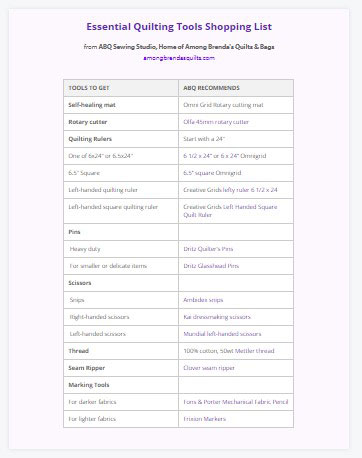
Leave a Reply